
The
Museum of Jurassic Technology has recently been
enmeshed in the Museum of Dust's acquisition spree (a fate which
befell the Zymoglyphic Museum not so long ago), with the MoD director proclaiming the MJT to be the "grandparent of all modern fictocryptic establishments".
I had heard about this museum for many years and had seen some of its traveling exhibits. I finally was able to visit it in person when I went to Los Angeles last August. The museum is often referred to as a "curiosity cabinet", which is generally a haphazard collection of interesting stuff, but the MJT model is really more an instructive academic museum with professional-looking exhibits, each examining some esoteric phenomenon in great detail. In this museum, however, the phenomena described may or may not be fictional, and the way the line is straddled is subtle enough to keep you guessing even when you know what is going on. The book
Mr. Wilson's Cabinet Of Wonder: Pronged Ants, Horned Humans, Mice on Toast, and Other Marvels of Jurassic Technology
details one writer's attempt to cut through the fog of uncertainty surrounding the museum. It is, in a way, a highly rarefied version of a circus sideshow, where some of the freaks are real and some are not, but what really matters is the atmosphere created.
"Is this place real or what?"
"It's here, isn't it?"
--Conversation overheard at the MJT, October 2000, quoted in
this articleTo me, the fascination of the MJT is the pure physical presence of the place, its dark lighting, well-crafted vitrines, surreal dioramas, and labyrinthine exhibit rooms, including a theater and a tea room. The image above is from a Flickr
photoset of the MJT by The Blen that gives you a good sense of what the museum is like. It's interesting to compare the MJT with Steven Millhauser's
Barnum Museum which, being made entirely of words, is not subject to any physical laws.
While not truly an inspiration for the Zymoglyphic Museum, there has been some pollination wafting our way from the southland. The physical existence of the Zymoglyphic Museum is important, in that it exists in a geographic location and has real objects in it, but there is more of an emphasis on outreach through photography and web presence than on perfecting the physical exhibit space. The Lower Jurassic is much more technologically oriented than the Zymoglyphic culture, which tends toward rust and decay anyway. The Zymoglyphic Museum, like the MJT, has sometimes been accused of lax standards in the factual accuracy of its presentations (which it can neither confirm nor deny), and both may ultimately turn out to be physical manifestations of the internal worlds of their creators.
 In primitive societies, there are often particular figurines considered to have great power within the culture. For us, the Barbie doll seems to serve that function. Such is the power of this figurine that she has managed to stay trendy for more than 50 years in the ever-changing worlds of fashion and toys. She has even penetrated the august halls of the Zymoglyphic Museum, where current events are rarely acknowledged and brand names hardly ever seen.
In primitive societies, there are often particular figurines considered to have great power within the culture. For us, the Barbie doll seems to serve that function. Such is the power of this figurine that she has managed to stay trendy for more than 50 years in the ever-changing worlds of fashion and toys. She has even penetrated the august halls of the Zymoglyphic Museum, where current events are rarely acknowledged and brand names hardly ever seen. 
 The
The 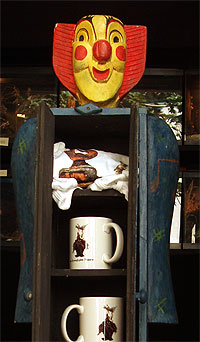
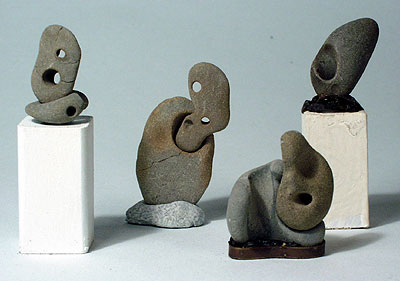
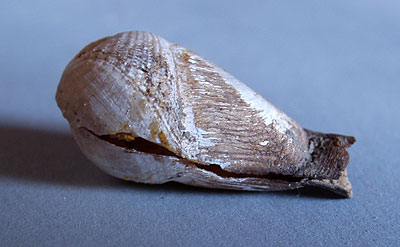
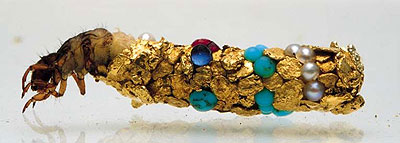
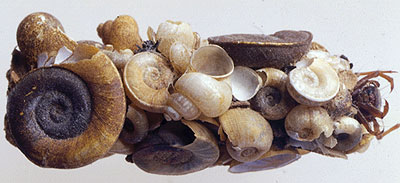
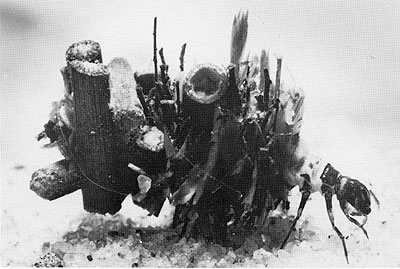
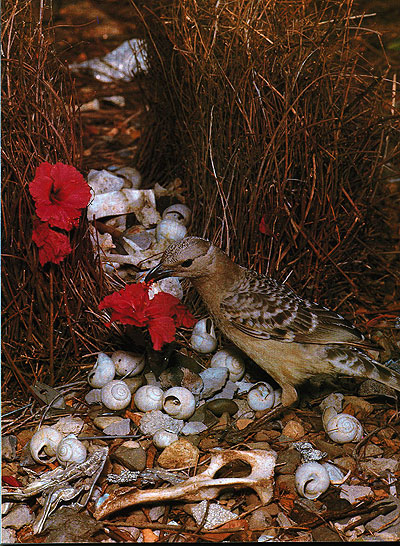 While some may question whether
While some may question whether